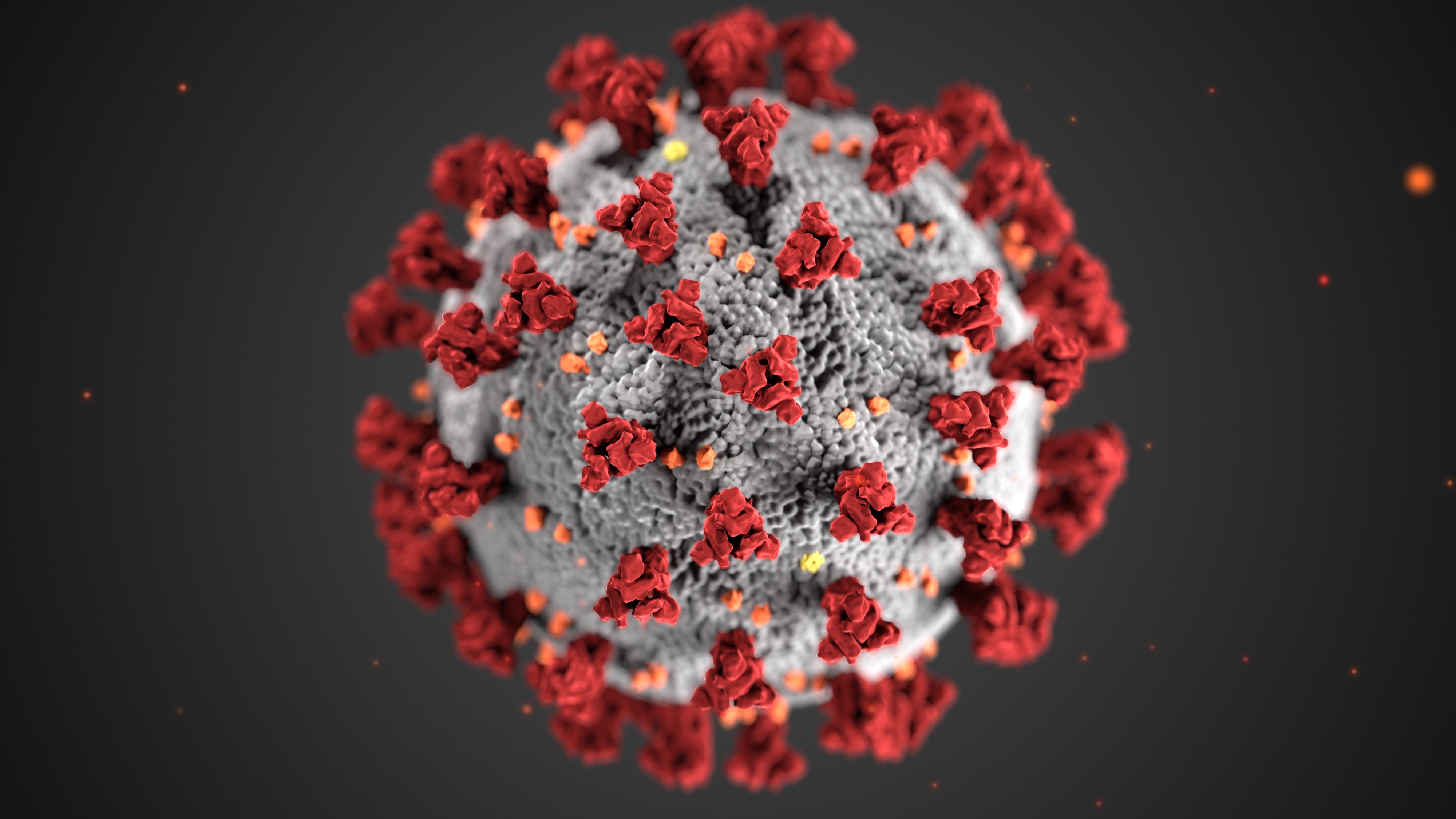Research Recap: December
An overview of December's studies published by Institute investigators and their collaborators spans a wide variety of topics, including:
Disparities in clinically indicated genetic testing; a new dataset for environmental health studies; assessing the safety of the COVID-19 vaccine; long COVID; readmissions rates in U.S. children’s hospitals; trends in labor unionization among health care workers
For all faculty publications, see our Publications page. For up-to-date media coverage and research findings, visit In the Media, and follow us on Twitter. To search for a subject matter expert, visit our Investigator Directory.
 Access to clinically indicated genetic tests for pediatric patients with Medicaid: Evidence from outpatient genetics clinics in Texas
Access to clinically indicated genetic tests for pediatric patients with Medicaid: Evidence from outpatient genetics clinics in Texas
Little is known about how Medicaid coverage policies affect access to genetic tests for pediatric patients. Building upon and extending a previous analysis of prior authorization requests (PARs), a study published in Genetics in Medicine, senior-authored by Hadley Stevens Smith, describes expected coverage of genetic tests submitted to Texas Medicaid and the PAR and diagnostic outcomes of those tests. Most PARs submitted to Texas Medicaid used a CPT code for which reimbursement from Texas Medicaid was not guaranteed. The frequency with which clinically indicated genetic tests were not listed on the Texas Medicaid FFSS suggests misalignment between genetic testing needs and coverage policies. The team posits that its findings can inform updates to Medicaid policies to reduce coverage uncertainty and expand access to genetic tests with high diagnostic utility.
Institute Investigator(s): Hadley Stevens Smith
Associations between Cord Blood Leptin Levels and Childhood Adiposity Differ by Sex and Age at Adiposity Assessment
Leptin, a hormone released by the body to help maintain normal weight long-term by regulating the long-term balance between the body’s intake and energy expenditure. Levels of leptin in the blood are proportionate with the amount of body fat. But, what about levels of leptin in cord blood – how do those affect offspring? A team including senior author Marie-France Hivert took a closer look at associations between cord blood leptin levels and childhood adiposity. Results, published in Life, include the team’s observations that a lower level of cord blood leptin was associated with lower adiposity at birth and higher adiposity measures in 3-year-old boys but was not associated with adiposity at age 5 even with the assessment of body composition using DXA scan imaging, the gold-standard for pediatric population. The authors suggest that observational studies with sex-stratified analyses and functional studies are needed to better understand the role of leptin in early life.
Institute Investigator(s): Marie-France Hivert
 Accessible and recreational parks in the contiguous United States? There's a dataset for that
Accessible and recreational parks in the contiguous United States? There's a dataset for that
Exposure science—the study of human contact with environmental factors affects the human body—often focuses on the negative. However, while there are numerous ways in which nature-rich environments can positively affect health, there are limits to how existing datasets can help measure these effects. A team including senior author Peter James respond to this gap by presenting a new exposure indicator – the dataset for accessible and recreational parks in the contiguous United States (PAD-US-AR), in Scientific Data. They offer its unique attributes, validate its integrity, and note that it presents a significant advancement in this body of literature by offering researchers an assessment of where parks are available for outdoor recreation.
Institute Investigator(s): Peter James
A novel technique to cast a wider net when surveilling vaccine safety: tree-based data-mining in the Vaccine Safety Datalink (VSD)
Except for spontaneous reporting systems, vaccine safety monitoring generally involves pre-specifying health outcomes and post-vaccination risk windows of concern. A team led by Katherine Yih took a different approach: to more broadly seek out possible adverse events after Pfizer-BioNTech, Moderna, and Janssen COVID-19 vaccinations, they applied tree-based data mining. Using the Vaccine Safety Datalink, the team conducted an inclusive evaluation of 4.1, 2.6, and .4 million vaccinees, respectively. Results, published in Vaccine, show that the team detected post-vaccination clusters of unspecified adverse effects, common vaccine reactions, and, for the mRNA vaccines, chest pain and palpitations, as well as myocarditis/pericarditis after Pfizer-BioNTech Dose 2.
Institute Investigator(s): Katherine Yih, Judith Maro
 Taking a long look at long COVID
Taking a long look at long COVID
An increasing number of studies have described new and persistent symptoms and conditions as potential post-acute sequelae of SARS-CoV-2 infection (PASC)- otherwise known as “long COVID”. However, it remains unclear whether certain symptoms or conditions occur more frequently among persons with SARS-CoV-2 infection compared with those never infected with SARS-CoV-2. In a study using PCORnet data, senior author Jason Block and team looked at over 3 million adults and over 600,000 children who had a SARS-CoV-2 laboratory test from March 1, 2020 – May 31, 2021. Results, published as a preprint, suggest that patients with SARS-CoV-2 infection were at higher risk of being diagnosed with certain symptoms and conditions, particularly fatigue, respiratory symptoms, and hematological abnormalities, after acute infection. The risk was highest among adults hospitalized after SARS-CoV-2 infection.
Institute Investigator(s): Jason Block
Annual Variation in 30-Day Risk-Adjusted Readmission Rates in U.S. Children's Hospitals
Because of their high cost and potential harm, reduction of pediatric hospital readmissions has become a national priority. However, the use of readmission rates as a quality metric remains controversial. While several studies have tried to validate the use of readmission rates as a quality metric by examining variation across hospitals and conditions and relating these rates to other quality measures, one area that has not been explored in pediatrics is the degree to which individual children’s hospitals remain consistent in their readmission rates and hospital rankings over time. A team including senior author Alon Peltz sought to examine short-term stability and long-term changes in hospital readmission rates, culminating in a study published in Academic Pediatrics. The team used data from the Pediatric Health Information System to compare annual 30-day risk-adjusted readmission rates (RARRs) in 47 US children's hospitals from 2016 to 2017 (short-term) and 2016 to 2019 (long-term). They found that risk-adjusted thirty-day readmission rates at most US children’s hospitals remained stable over consecutive years with little evidence of sustained hospital-level improvement. Few low performing hospitals showed improvement in readmission rates over time. Hospital-level performance on RARRs remained stable with high agreement over the short-term suggesting stability of readmission measures. There was little evidence of sustained improvement in hospital-level performance over multiple years.
Institute Investigator(s): Alon Peltz
 New study finds unionized health care workers earned better pay and benefits
New study finds unionized health care workers earned better pay and benefits
Unionized health care workers earned better pay and received better non-cash benefits, with little difference in their work hours when compared to non-unionized workers, according to a new study published in JAMA, and senior-authored by Xiaojuan Li. To bridge the gap between what is known about labor unionization in general and its economic effects among health care workers, the study team examined the prevalence of labor unionization among health care workers and its associations with employee pay, non-cash benefits, and work hours across the health care workforce in the United States. The team studied health care workers who participated in the US Census Bureau Current Population Survey and Annual Social and Economic Supplement between 2009 and 2021. The team found that labor unionization rates were low, at an overall prevalence of 13.2%, with no significant change from 2009 through 2021. Unionization was associated with better pay benefits for health care workers. However, compared with nonunionized, unionized workers reported slightly more weekly work hours.
Institute Investigator(s): Xiaojuan Li
INVESTIGATORS
Hadley Stevens Smith, Marie-France Hivert, Peter James, Katherine Yih, Judith Maro, Jason Block, Alon Peltz, Xiaojuan LiTOPICS
Precision Medicine, COVID-19, Environmental Health, Vaccines, Public Health Surveillance, Pediatrics, Health PolicyCATEGORIES
Research Recap